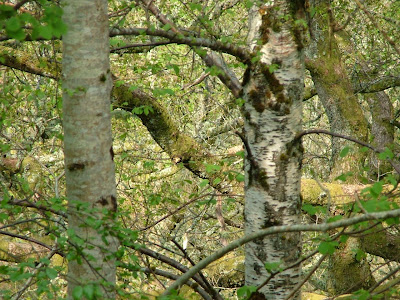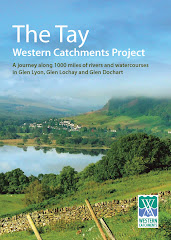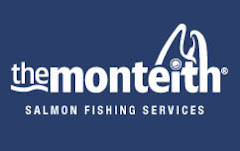
We had a very interesting training day today looking for water voles in Glen Lochay. In 2007, we taught ourselves how to do this. This year, prior to work beginning next week, we decided we needed more formal training. Our tutor was Helen Gray, Water Vole Conservation Officer with the Cairngorms National Park Authority, seen here on the left showing our surveyors Nelly & Gordon what to look for. Helen gave us a number of useful insights in to how she does her own survey work and this will give us more confidence moving forward this year. Her survey protocol is very similiar to what we established for ourselves last year, so great minds obviously think alike!!
Our TWCP area is strategically very important, covering a significant proportion of the buffer zone between two National Parks, which will only be 40 miles apart when the Cairngorms Park is extended south to Blair Atholl. Our survey work will therefore establish data that will be useful to both the Cairngorms and the Loch Lomond & Trossachs Parks. The Dochart system is within the LLTNPA area, and our data will be of direct relevance to them. This part of our survey work is an excellent example of how biodiversity functions on a large scale, and how data collected in one area can be useful to a number of organizations, often seemingingly further afield.
For more information on our project, please link here: Tay Western Catchments Project.


















































